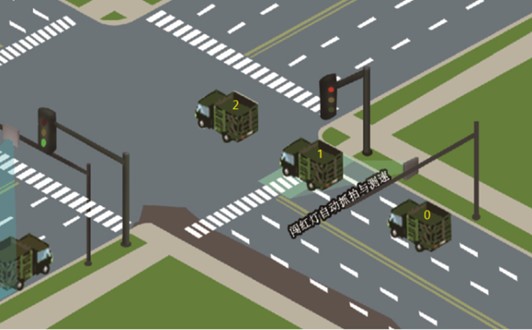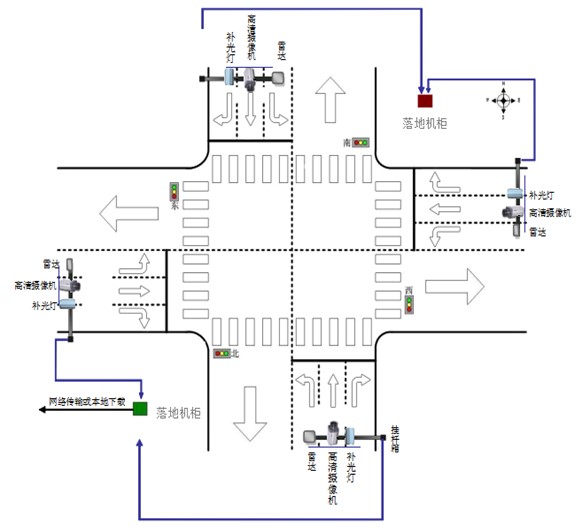Application of Multi target Tracking Radar in Intersection
Multi target tracking radar, as an advanced traffic monitoring technology, is increasingly being applied in urban traffic management. Compared to traditional ground sensing coils and video detection technology, multi-target tracking radar provides a more efficient, accurate, and stable vehicle monitoring solution.
Ground sensing coils detect vehicles by installing electromagnetic induction coils on the lane. Although this method is effective, it is prone to damage from heavy vehicles due to the need for road breaking construction. When the road surface is covered with water or snow, the ground sensing coil will fail for a short period of time until the road surface becomes dry and can only resume its function.
Although video detection technology overcomes the problem of road damage and provides a wide field of view coverage, its effectiveness is affected by environmental lighting, weather conditions, and vehicle appearance colors, which may lead to misjudgment.
Multi target tracking radar technology, with its non-contact characteristics, avoids the above-mentioned problems. It uses radar beams to accurately locate and measure the speed of vehicles, and has the characteristics of small size, light weight, and strong reliability. This system can provide stable services in complex environments, with small distance blind spots and speed blind spots, can provide high-precision distance resolution, and has excellent anti-interference ability. More importantly, it can be installed and deployed without the need for road construction.
The main technical characteristics of multi-target tracking radar include:
1. It can monitor 6 to 8 lanes simultaneously and support setting the number of monitoring lanes according to actual needs.
2. It has long-distance detection capability, with a maximum detection distance of 300 meters.
3. The capture success rate exceeds 98%, and the vehicle positioning error can be controlled within ± 0.25 meters.
4. During the capture process, it is possible to distinguish the lane in which the vehicle is located and mark the vehicle’s speed, providing reliable basis for traffic law enforcement.
5. The system is capable of outputting traffic flow statistics for each lane, as well as real-time position and speed information for all vehicles.
The schematic diagram of multi-target tracking radar application is as follows:

In the above figure, the radar achieves continuous tracking of vehicles, providing not only the vehicle’s position information but also its speed information. Through simple calculations, it can determine whether the vehicle is slowing down or accelerating and rushing into the intersection. This function is also not available in ground sensing coils and video formats. The installation diagram of intersection equipment is as follows:

In practical applications, multi-target tracking radars, cameras, and supplementary lighting devices are usually installed on the crossbeams of intersections. If upgrading is carried out at intersections where there is already an automatic red light running recording system, the radar can be directly installed on existing facilities. For intersections with 4 lanes or less, only one multi-target tracking radar needs to be installed in each direction to meet monitoring requirements.
Multi target tracking radar technology, due to its continuous tracking capability, can not only provide vehicle position information, but also accurately capture vehicle speed changes. This is particularly important for determining whether a vehicle is slowing down or accelerating through intersections, which cannot be compared to traditional detection methods. By combining radar data with information from other sensors, traffic management efficiency can be further improved and the occurrence of traffic accidents can be reduced.
